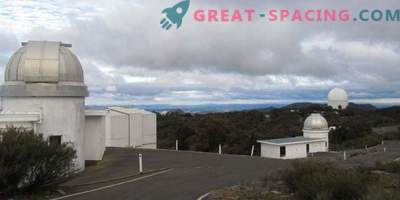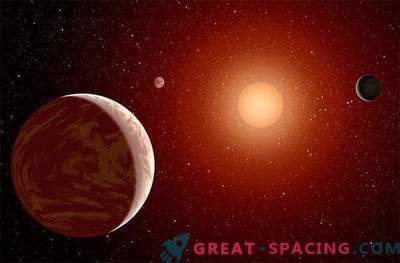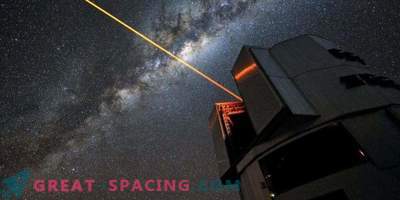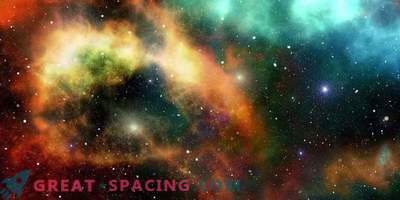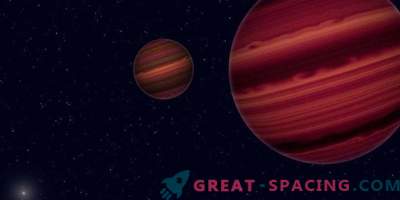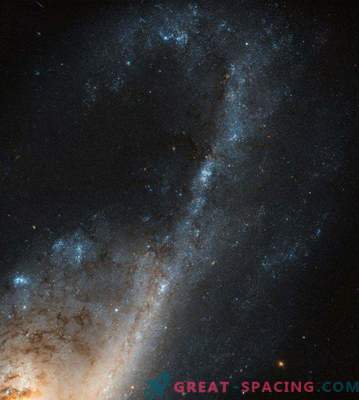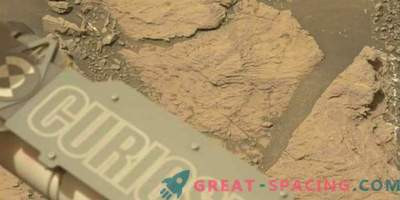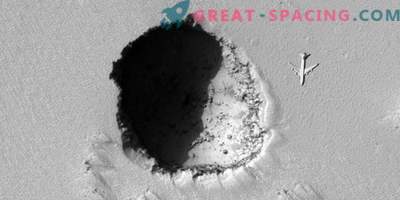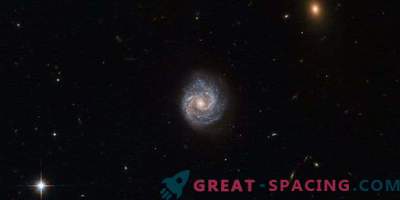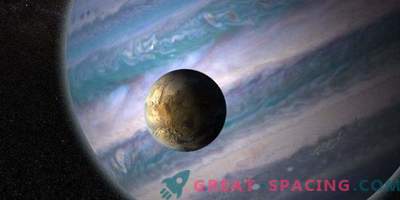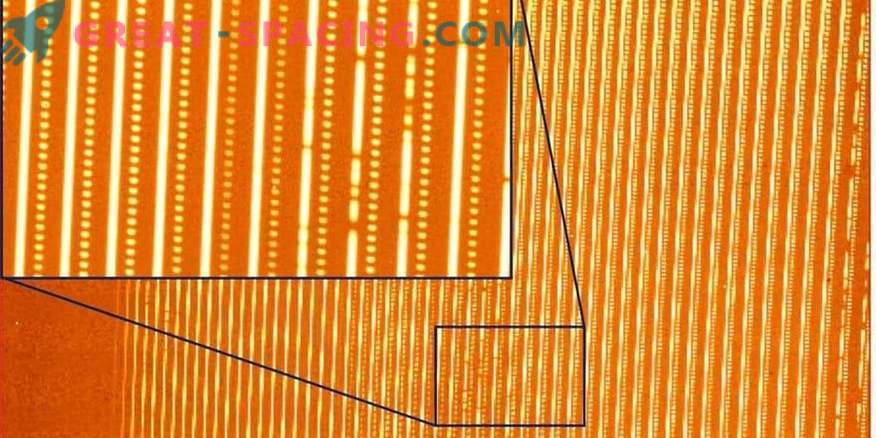
Test observation of a red dwarf. Comparing the stellar spectrum (broken line) with the laser frequency (points) allows us to calculate the motion of a star
On the Subaru telescope, a new device began to operate to search for potentially inhabited / inhabited planets. The IRD tool (Infrared Doppler) will search for habitable planets around red dwarfs. Scientists hope to find many new worlds.
Red dwarfs are inferior in size to the Sun and emit most of the energy in the infrared light, but not visible. However, their size makes it much easier to find near the planet. In addition, there are many such stars around the Sun (M-type), therefore the chances of detecting potentially habitable worlds increase.
But red dwarfs are different from the solar type of stars and require a new tool for research. Therefore, scientists have created an IRD to monitor infrared light, which pours heavily on red dwarfs. In combination with the power of the Subaru telescope, he will be able to capture the faint light of the stars and find the planets. The new technology (comb laser frequency) provides a standard ruler for measuring movements in the line of sight of a star with an accuracy of several m / s. Motion observations are caused by planets around a star. So you can find not only the world, but also to understand the characteristics (mass and distance from the star). Comparing the data with the models, it will turn out to choose the most interesting planets for further review.
This year, the IRD successfully passed the tests and from August 2018 it will be available to the entire astronomical community.



